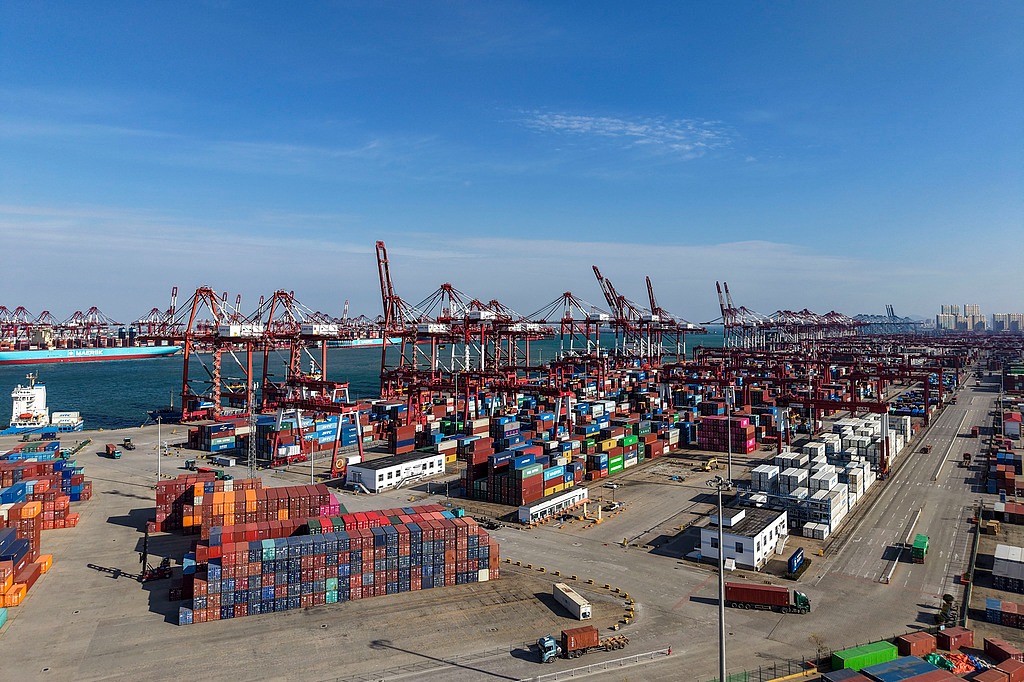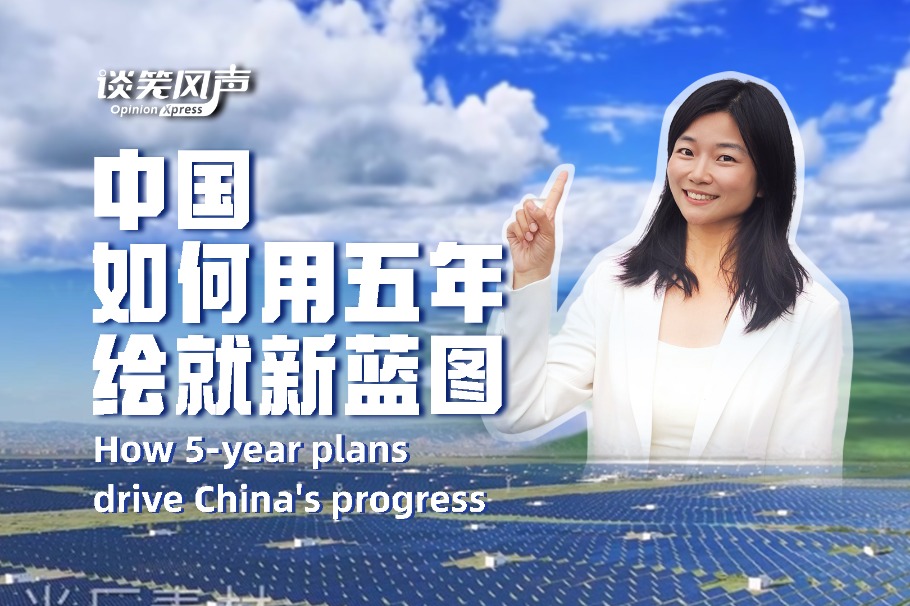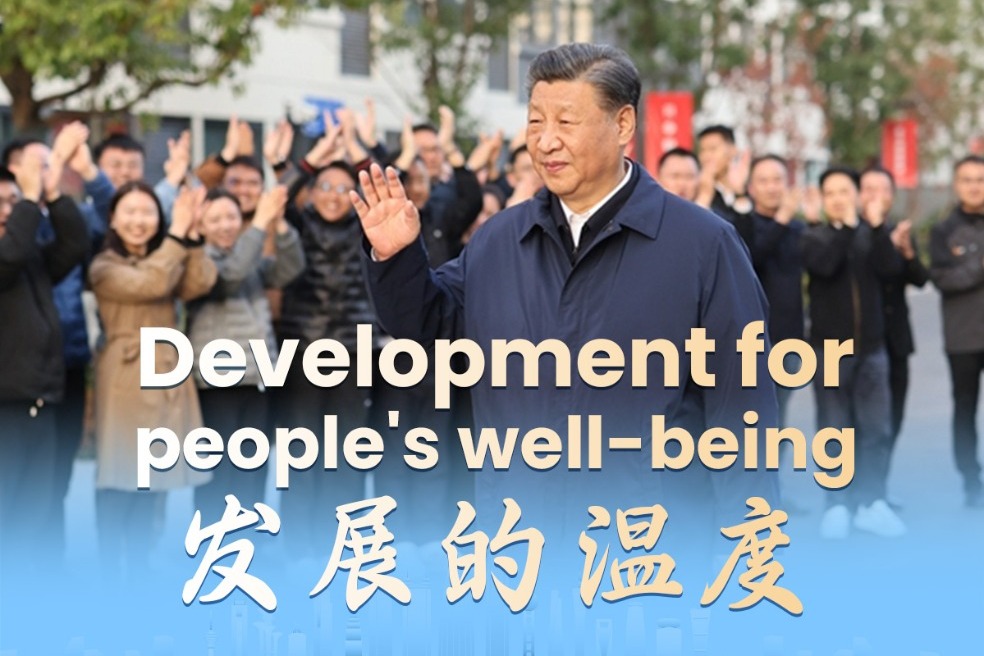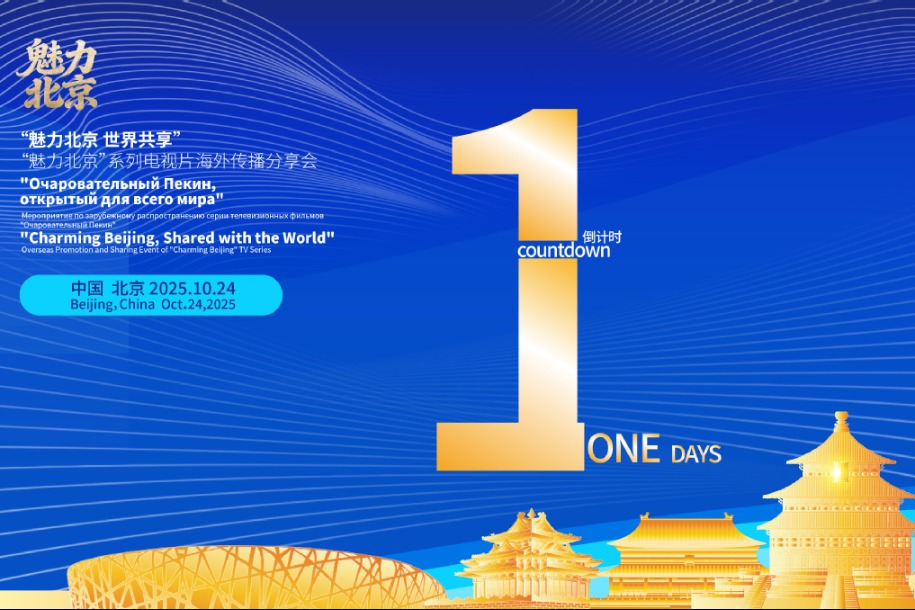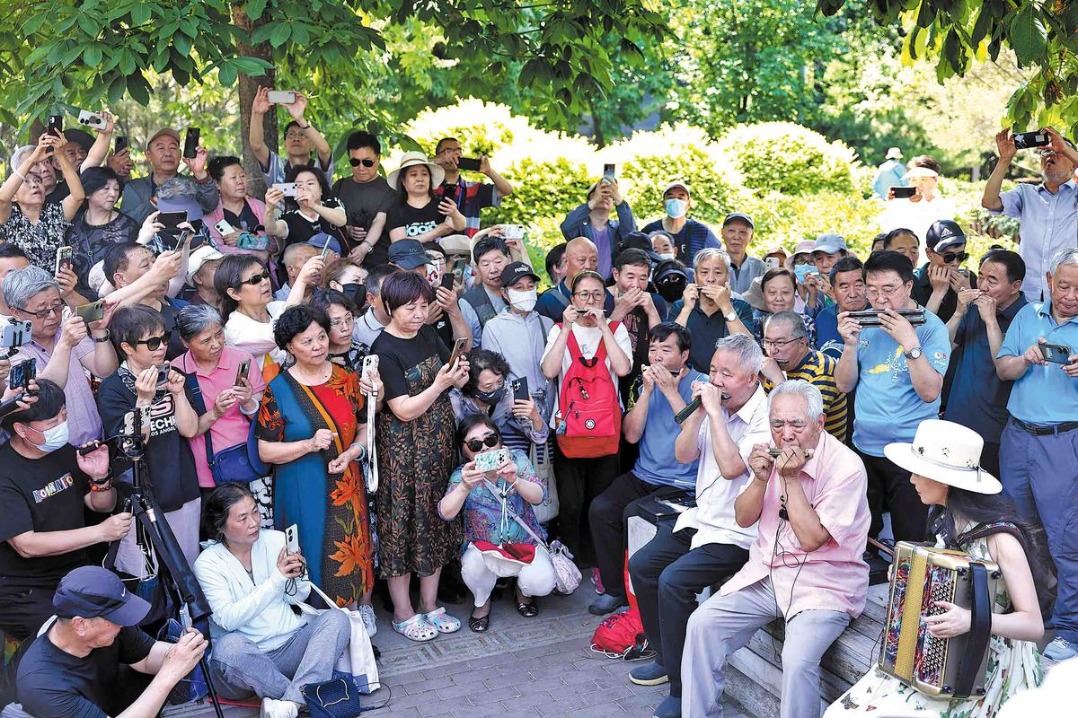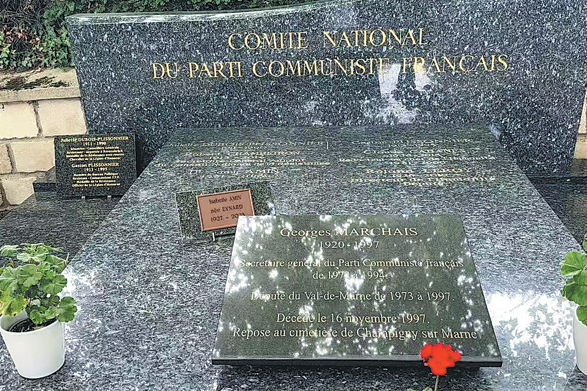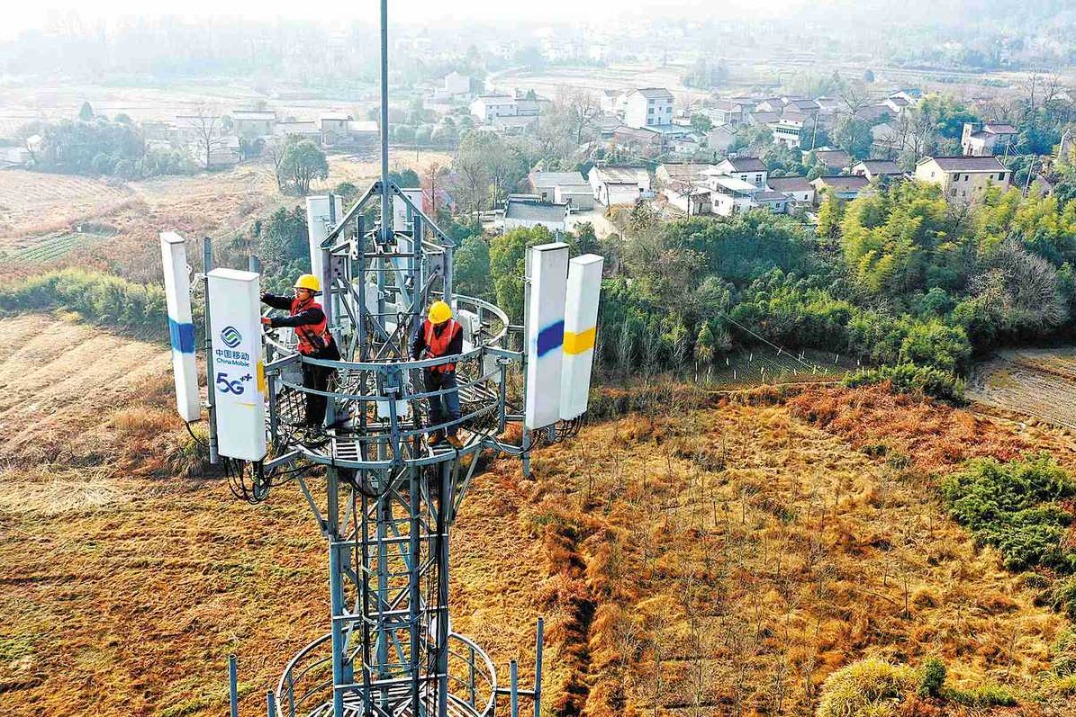Turning the tide against poverty in a fluid world


What is the most pressing challenge for humanity in an era of uncertainty and transformation? While answers to this question may vary, poverty tops the list.
Last year, 733 million people — one in eleven worldwide — went to bed hungry, while 1.1 billion survived on less than $2.15 a day. Eradicating this scourge has become a shared global mission.
As the largest developing country, China has answered the call. It has successfully lifted over 800 million people out of poverty in 40 years — accounting for more than 70 percent of global poverty reduction during that period.
This is a significant stride toward world equity and injects fresh confidence and momentum into the global fight against poverty. The experience is distilled in the following lessons.
China rejects both pure welfare and trickle-down fantasy. It believes it's always better to teach one to fish than simply give one a fish. Hence, one proven approach is to advance poverty alleviation through the broader process of economic development, and give local people the ability of self-generated growth.
Roads, 5G, and e-commerce were pushed into the remotest counties, then matched with skills that pay. In Gansu province, Northwest China, herders learn veterinary science to keep their cattle healthy. In Guangxi province, Southwest China, bamboo-weaving training, coupled with e-commerce cooperatives, has enabled villagers to sell their baskets online. That is, teach a man to fish — and give him a market to sell it.
Targeted policies that fit local conditions
The government registered every impoverished household and applied poverty reduction measures with five key components — education, production, relocation, ecological compensation, and social assistance.
Rather than blanket subsidies, a targeted poverty reduction strategy calls for customized policies in line with local conditions and offers tailored solutions. For instance, mountainous areas received support for terrace farming and tourism, while arid zones were assisted with water conservation technologies and drought-resistant crops. Many villages have successfully built distinctive brands around local specialties like honey, tea, and traditional embroidery. Meanwhile, eco-tourism is breathing new life into culturally rich regions, creating jobs while preserving heritage.
A whole-of-nation effort
Poverty reduction is never a one-man's job, but a concerted effort of the entire Party, the whole country, and society at large to create a powerful synergy.
In the spirit of prosperity for all, a "paired assistance" program—one of the most innovative strategies— was employed. Under the program, more developed eastern provinces were paired up with less developed western regions for the valuable transfer of knowledge, technology, and expertise.
A telling example is Minning town, once a sun-scorched corner of Ningxia, Northwest China. With support from Fujian province in the eastern coastal region, local farmers mastered new irrigation techniques, planted vineyards and strawberry fields, and built e-commerce networks that now reach customers across the country. Minning has since transformed from a barren patch into a bustling town of 60,000 people—a powerful testament to the effectiveness of cross-regional cooperation.
The national project is fueled by a large number of dedicated people behind it. Over three million civil servants, engineers, agronomists, and young professionals have been mobilized to live with villagers in the impoverished areas as coaches. They taught new skills, introduced technologies, and helped communities rediscover pride in their own potential.
Apart from the government, private companies, universities, and even individuals also pitched in. Tech giants helped set up digital marketplaces; rail companies offered discounted transport for agricultural products; celebrities promoted local goods online. A profound whole-of-society ethos took root, transforming poverty reduction from a government-led policy into a shared national mission.
Global significance
The world is taking notes. China's success in poverty reduction can be a source of confidence for Global South countries in their strive for better lives.
Thai Deputy Prime Minister Wissanu Krea-ngam noted that Thailand has drawn inspiration from China's poverty alleviation practices assisted by science and technology. In the province of Khon Kaen, the local Thai government implemented a "pair-up" model learning from China's targeted poverty alleviation projects.
China has been actively engaging in global poverty reduction cooperation. Through the Belt and Road projects like Luban Workshops, 400,000 trainees from 180 countries have studied hybrid rice, Juncao mushroom farming and e-commerce. The Global Development Initiative has seeded 1,100 projects with nearly $20 billion. More than 80 countries have joined the Group of Friends of the Initiative, strengthening the global consensus on poverty reduction.
China's endeavor proves that poverty may not be man-made, but mankind can unmake it. China's story is proof that developing countries can eliminate poverty. If China can make it, other developing countries can make it too. This is what China's battle against poverty says to the world.
The author is a Beijing-based observer of international affairs.
The views don't necessarily reflect those of China Daily.
If you have a specific expertise, or would like to share your thought about our stories, then send us your writings at opinion@chinadaily.com.cn, and comment@chinadaily.com.cn.
















